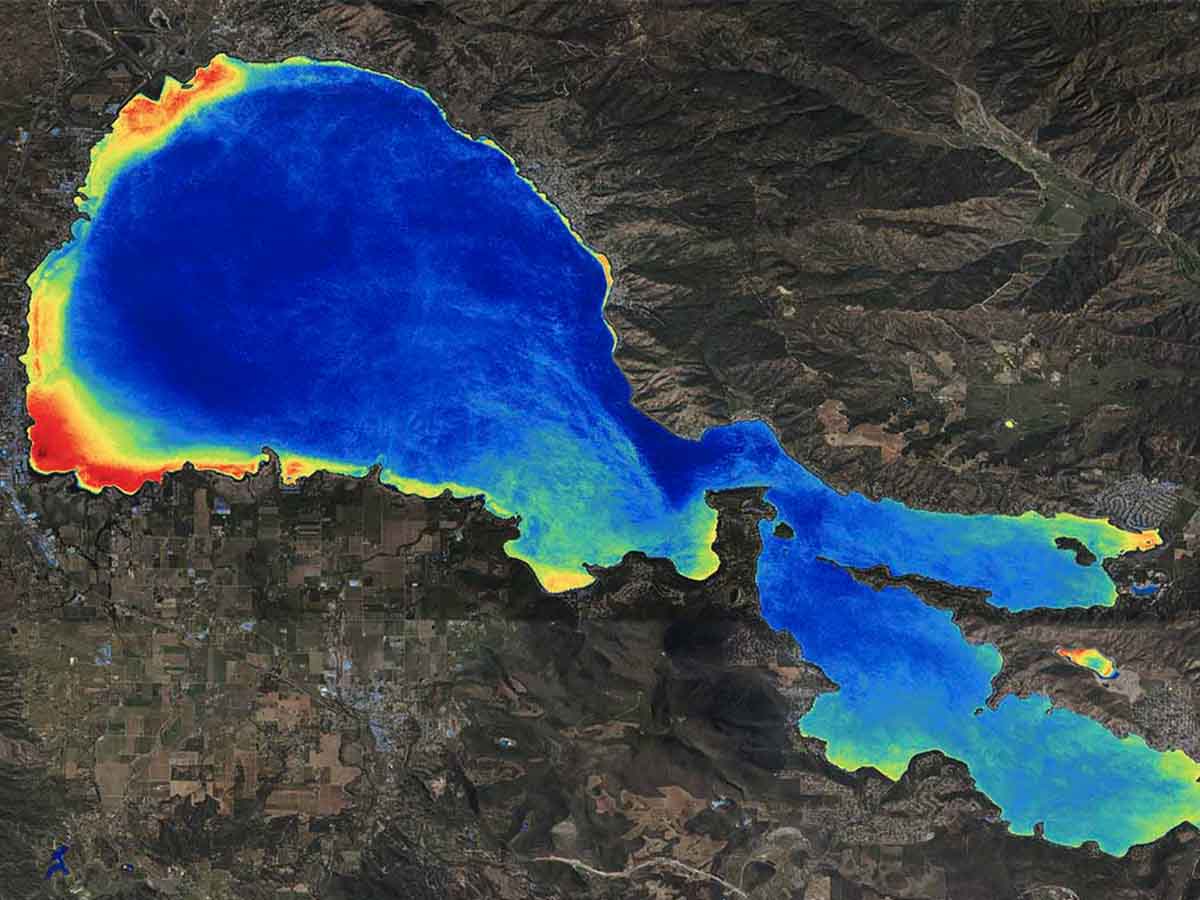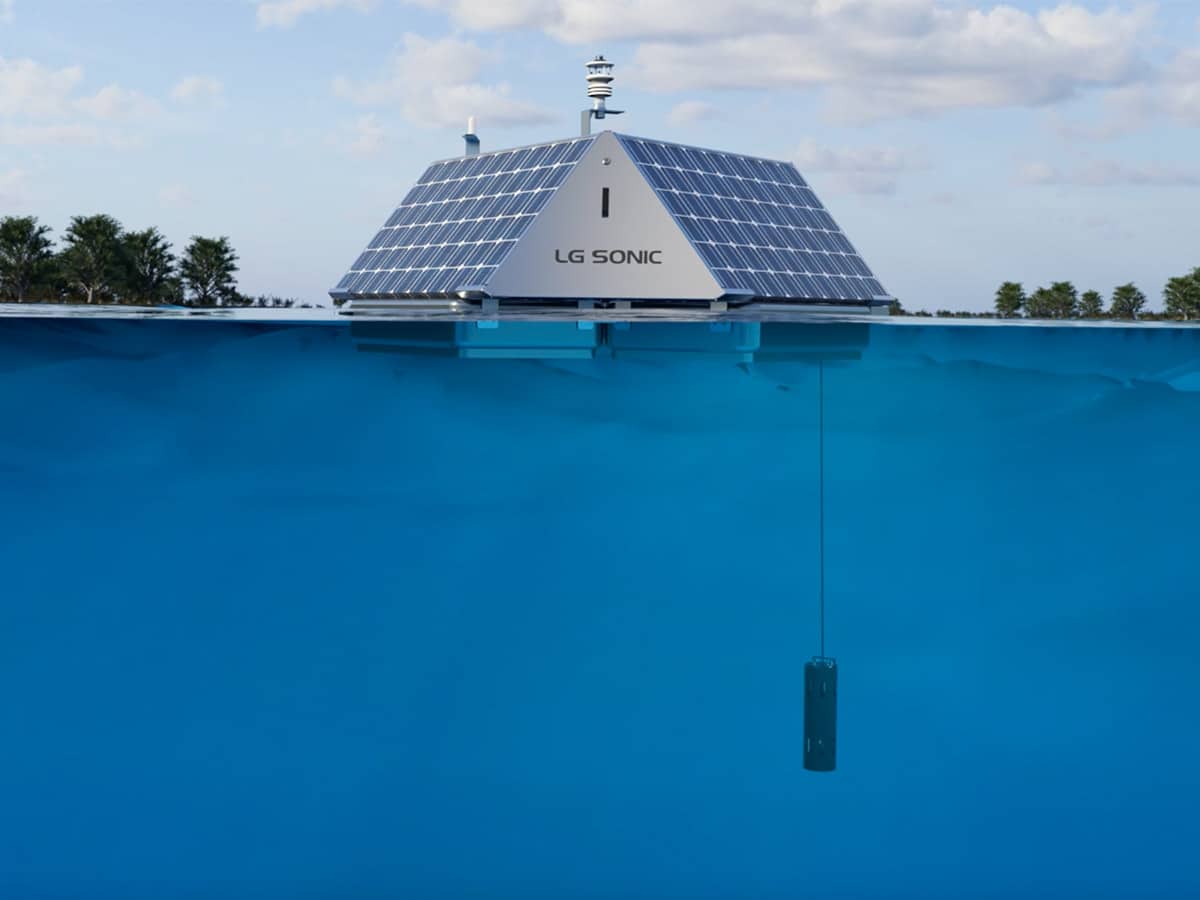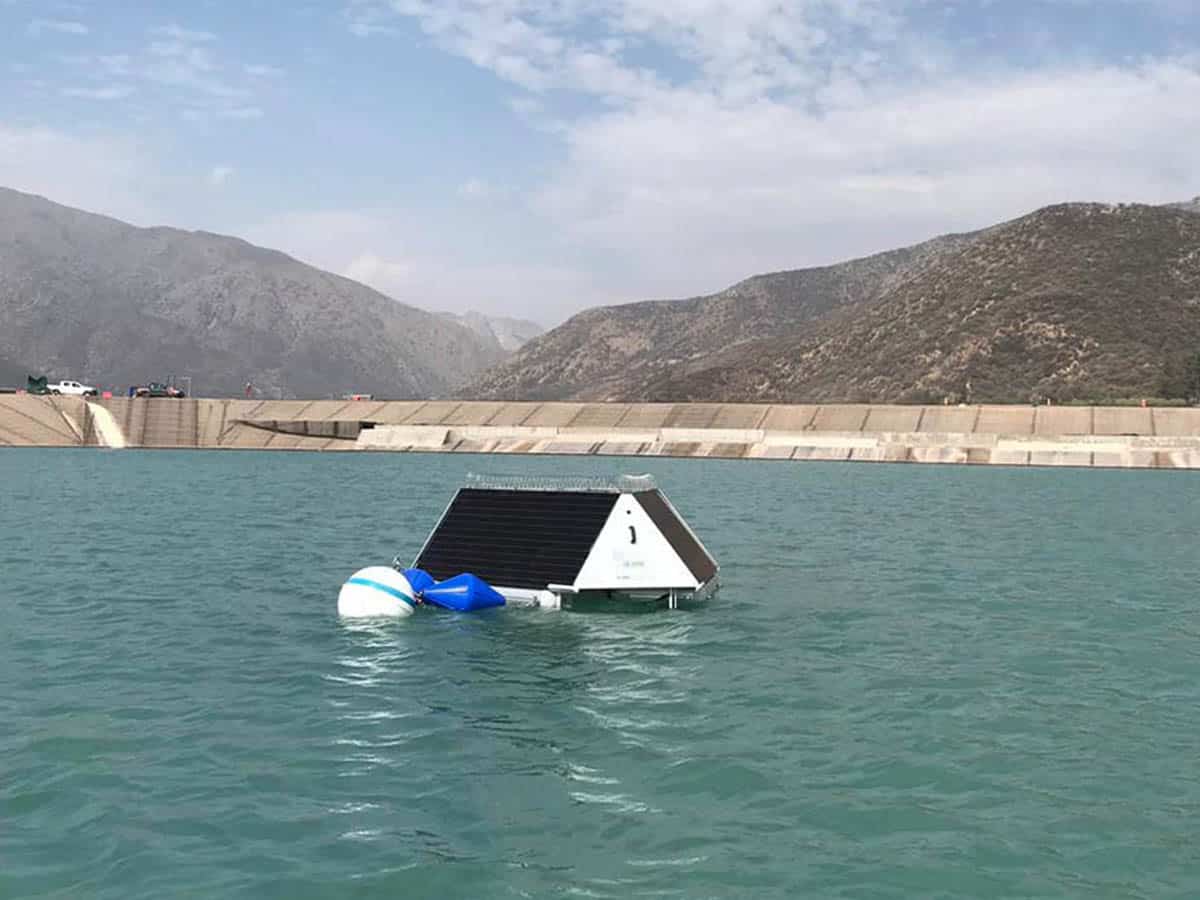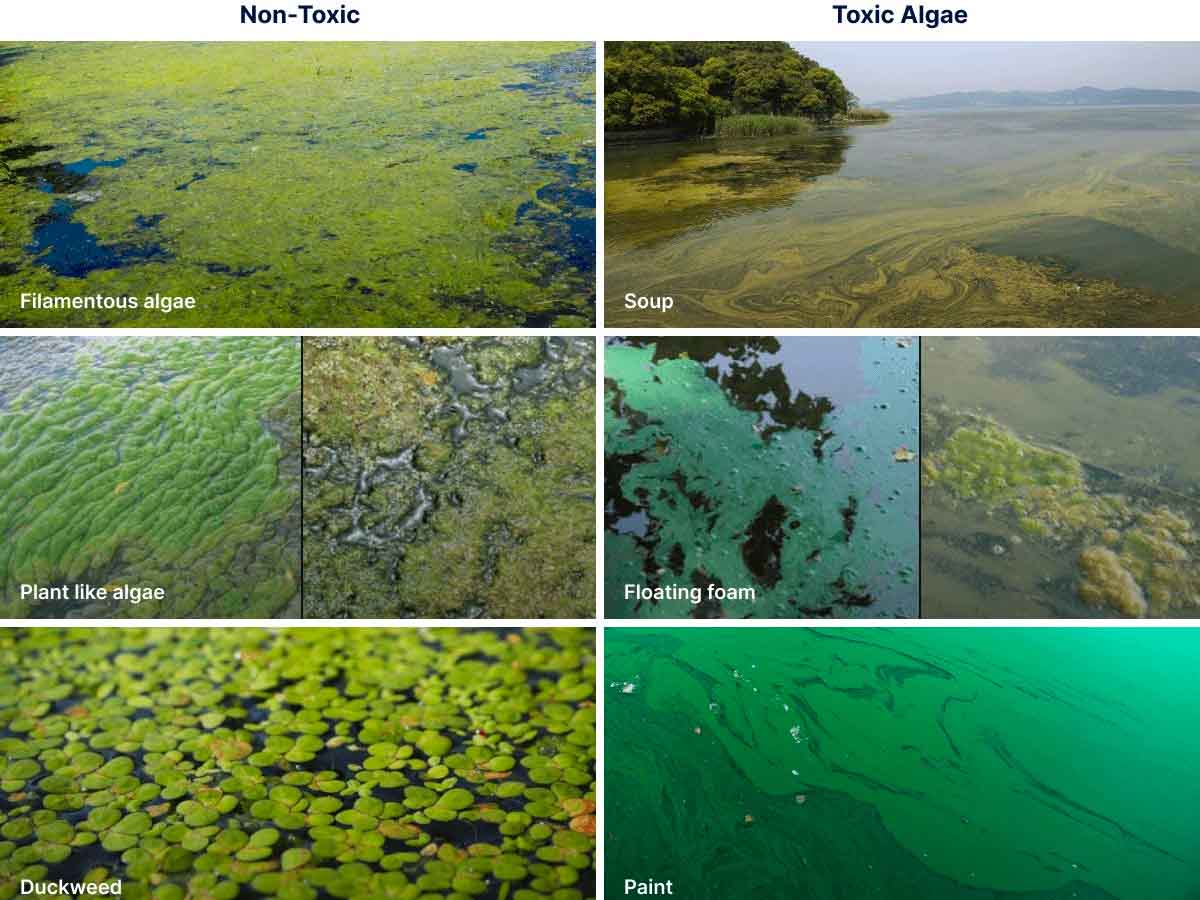Algae season poses significant challenges for water professionals to ensure the safety and quality of the water supply. Algae blooms can release toxins that are harmful to human health and the environment. It is therefore imperative that water professionals be equipped with guidelines to successfully navigate algae seasons. In this article, we will discuss comprehensive guidelines for water users to ensure our water is safe during this critical time.
Early detection and management

Early detection is key to controlling algae blooms. Water professionals should establish strong monitoring programs to detect the first signs of algae growth. Regular monitoring of water resources such as lakes, reservoirs, and rivers is essential. LG Sonic offers advanced technologies such as remote sensing and automatic monitoring systems to detect algae blooms at an early stage. This allows timely action to prevent the spread of poisoning and protect water supplies.
Extensive sampling and testing

Comprehensive sampling and testing programs are essential for assessing the quality of water sources during algae seasons. It is crucial to conduct regular sampling at multiple points within the water system to accurately assess the extent and severity of algae blooms. Recognizing the time-consuming nature of traditional sampling methods, LG Sonic offers innovative solutions such as the Vertical Profiling system and Phosphate Monitoring. These advanced technologies alleviate your prevention efforts by providing real-time remote data on the condition of your water body, empowering you to take proactive measures with ease.
Enhanced treatment options

In order to successfully address algae-related challenges during the algae season, it is crucial to adapt and enhance water treatment methods. Upgrading filtration systems with advanced technologies specifically designed to eliminate algae and their toxins should be considered. However, it is essential to carefully choose your treatment options, and in this regard, MPC-Buoy emerges as a sustainable solution utilizing ultrasound technology. This innovative approach offers a chemical-free alternative to effectively combat algae and can prove to be an invaluable asset in your battle against algae-related issues.
Effective communication

During algae season, it’s important to have open and transparent communication with the public. Water operators must provide timely and accurate information on the status of water supplies, including any hazards associated with algae blooms. Work with local health agencies and environmental organizations to deliver advice, guidance, and educational materials to the public. Emphasize the importance of avoiding touching and drinking water from contaminated sources during algae blooms.
Proactive Nutrient Management

Effective nutrient management is vital for preventing and mitigating the occurrence of algae blooms. Water operators must adopt proactive strategies to minimize nutrient inputs into water sources and enhance monitoring efforts. Collaborating with agricultural communities, municipalities, and other stakeholders is crucial to promote responsible nutrient management practices. Encouraging the implementation of best management practices, including precision farming techniques, riparian buffers, and proper waste management, can significantly reduce nutrient runoff into water bodies. By prioritizing these measures, we can make significant strides in minimizing the impact of nutrient pollution and safeguarding our water resources from the harmful effects of algae blooms.
Algae season presents challenges, but with the right strategies and procedures, water professionals can navigate this season while maintaining the safety of our water resources Let’s work together to protect and care for our waters.
